Of every music documentary on the market right now, there is none more culturally significant to our current climate than Asbury Park: Riot, Redemption, Rock ‘n Roll. Directed by Tom Jones, in association with Pop Music Foundation and Jersey Mike’s, the new film hit theaters on May 22nd with a second showing scheduled on May 29th through Trafalgar Releasing.
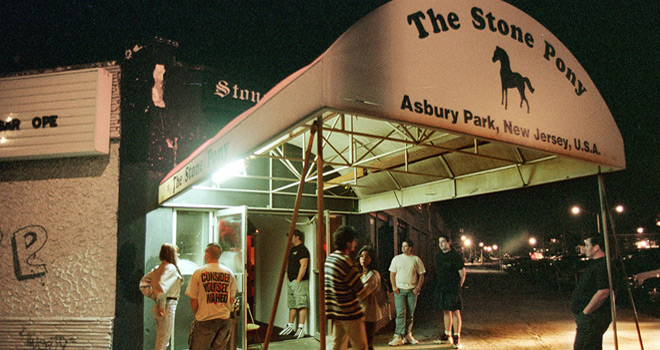
From there, we are treated to a quick montage of many of the talking heads who will be guiding us along our journey: The iconic Steven Van Zandt, “Southside” Johnny Lyon, Ernest “Boom” Carter, and nearly a dozen other famous musicians, historians, and Asbury community members and activists. Oh, and “The Boss” himself, Bruce Springsteen, whose involvement elevated the documentary from what the director initially called “the most expensive home movie of all time” into a can’t-miss film for people everywhere.
Blending sweeping drone shots of the east coast with black and white photos and entertaining interviews, our first chapter sets the stage with a brief history of the small New Jersey town, from its founding in 1871 by a Methodist pastor to its eventual designation as a “sea of sin.” Here, the audience learns about the racial divide of the East and West sides, how the city was one of the last in the nation to legally integrate, and how eventually both sides were brought together by music’s “racial common ground.” Mentions of, and anecdotes about, musicians like BB King and Louis Armstrong’s time in the area do a lot to establish the town’s significance.
The audience is then fast-forwarded to the ’60s, where we learn just how prominent the music scene became in this one-square-mile community. The film focuses primarily on two clubs in this section: Convention Hall and the Upstage Club. The former brought in mega-acts like The Who, Herman’s Hermits, and the Rolling Stones, and fortunately Jones was able to secure rare footage of some of these performances; the latter served as a breeding ground for some of Soul’s biggest acts. “Things happened there that weren’t happening anywhere else,” The Boss says. This chapter is of particular interest to music fans and aficionados, as there is a plethora of tales, memories, and insights from various Jazz, Soul, Blues, and Rock musicians that you won’t find anywhere else. The most amusing, perhaps, are about the literal “Wall of Sound” built by famed Asbury resident Tom Potter.
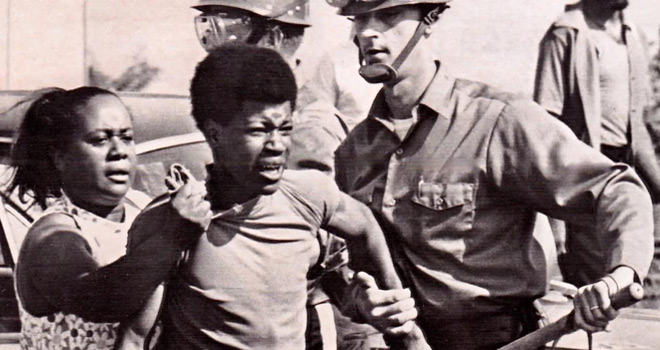
That did not last forever, however. In the documentary’s best chapter, we watch as the city burns itself to the ground during its 1970 race riot. Archival footage and survivors’ anecdotes paint an audio-visual picture of a town ravaged by gunshots, Molotov cocktails, smashed windows, and police brutality, all while bagpipes belted from the top of the Upstage Club. (Echoes of Nero while Rome burned.) Absolutely fascinating. If the documentary only contained this chapter, it still would be worth the price of admission.
That said, it does not end there, as Jones offers a harrowing look at the aftermath. Race relations regressed to the worst in decades, the city became considered a “complete urban blight,” and the music scene burned down with the clubs that used to foster it. We then learn about failed developments and are treated to a Danny DeVito story.
And then, like every good story, there is a comeback. Propelled by the gay community’s relocation to, and investment in, the town’s East side, Asbury rises from the ashes. Jones and his team shot some gorgeous footage for this section, employing some top-tier cinematography and compelling narratives that fill the audience with hope. We learn that even though the West side still has not returned to form, efforts are being made and the community is healing. all this in mind, the neatest shot in the whole documentary, however brief, shows a black woman and white police officer dancing in a park together. If the guitar from the opening shot set the tone for the past and present of Asbury Park, this shot offers a glimpse of its future.
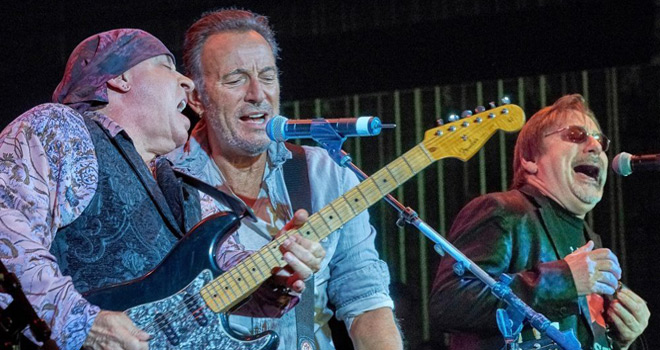
The epilogue, which was recently added before these screenings, perfectly emblemizes the documentary as a whole. Musicians and community members from the town’s storied history reunite for one last show, with blacks and whites, young and old, converging to share their love of the one thing that always held their community together. It is sweet, profound, and the happy ending everyone deserved. And, for those wondering – yes, there is a post-credits scene, so make sure to stick around through the credits.
Even if you are not the biggest fan of Soul music, this documentary is worth your time. It has everything: historical lessons, entertaining tales from some of the world’s best musicians, and a compelling narrative. The pacing is perfect and the editing is crisp. It has production values on par with any big-budget documentary, and the soundtrack, which is chock full of the genre’s most important tunes, hits the right emotional beats during the entirety of the film. The lessons to be learned are both timeless and timely, and Tom Jones can rest assured that his “expensive home movie” merits worldwide attention. That is why Cryptic Rock gives Asbury Park: Riot, Redemption, Rock ‘n Roll a much-deserved 5 out of 5 stars.
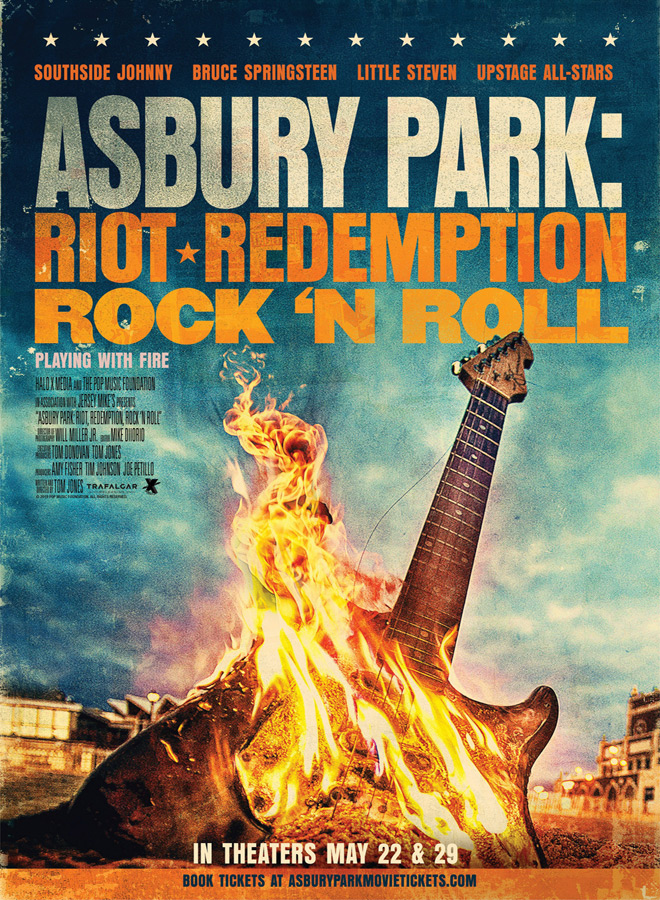

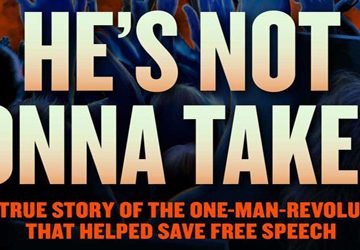
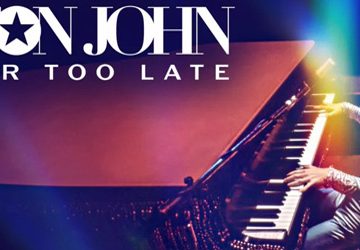


No comment